Fire is an ecological factor that shapes many natural communities. As an integral natural disturbance, fire influences plant and animal species’ composition, structure, and distribution. For millennia, fire has served as an active process in many ecosystems.
However, human activities, such as fire suppression, have disrupted natural fire regimes in recent decades. Understanding fire as an ecological factor can help guide land management policies to conserve biodiversity and ecosystem resilience.
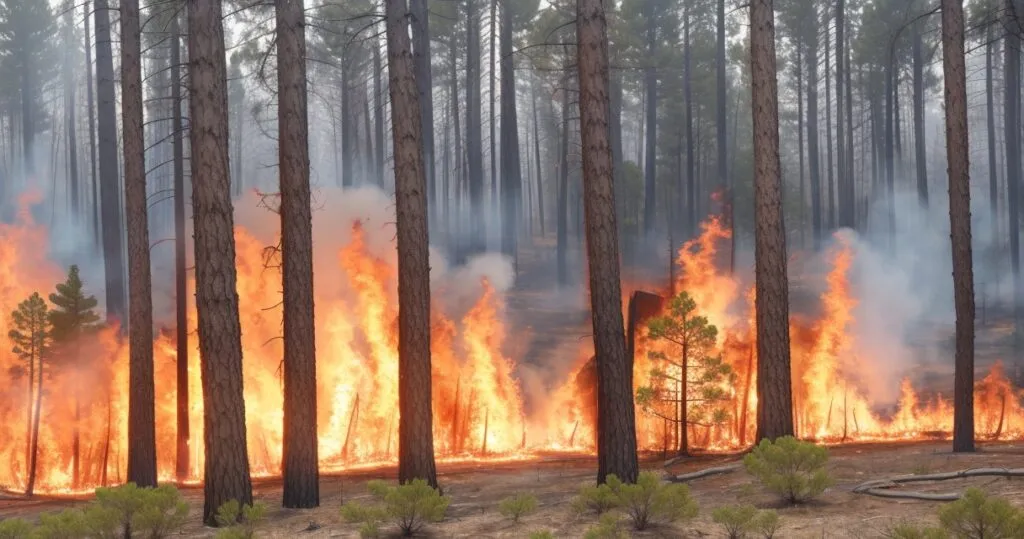
Definition and Types of Fire
There are three main types of fire in natural systems:
Wildfires
Wildfires occur from natural ignition, such as lightning strikes. They can burn large areas under hot, dry, and windy conditions. Wildfires play a vital role in renewing ecosystems adapted to periodic fires.
Prescribed Fires
Prescribed fires are intentionally set under specified weather conditions to achieve land management objectives. Controlled burning can reduce hazardous fuels, enhance wildlife habitat, and restore ecological balance.
Cultural Fires
Many Indigenous communities have traditionally used cultural fires to manage landscapes and resources. These low-intensity fires shape ecosystems through minor, patchy burns. Cultural burning promotes biodiversity and provides cultural benefits.
Fire as an Ecological Factor / Role of Fire in Ecosystems
Fire influences ecosystem patterns and processes in many ways:
Fire takes on many roles in the ecosystems it touches. It acts as a reset button, recycling nutrients and clearing debris to allow renewal. Fire also cues regeneration, stimulating germination and regrowth. The mosaic of burned and unburned areas fire creates provides diverse habitat.
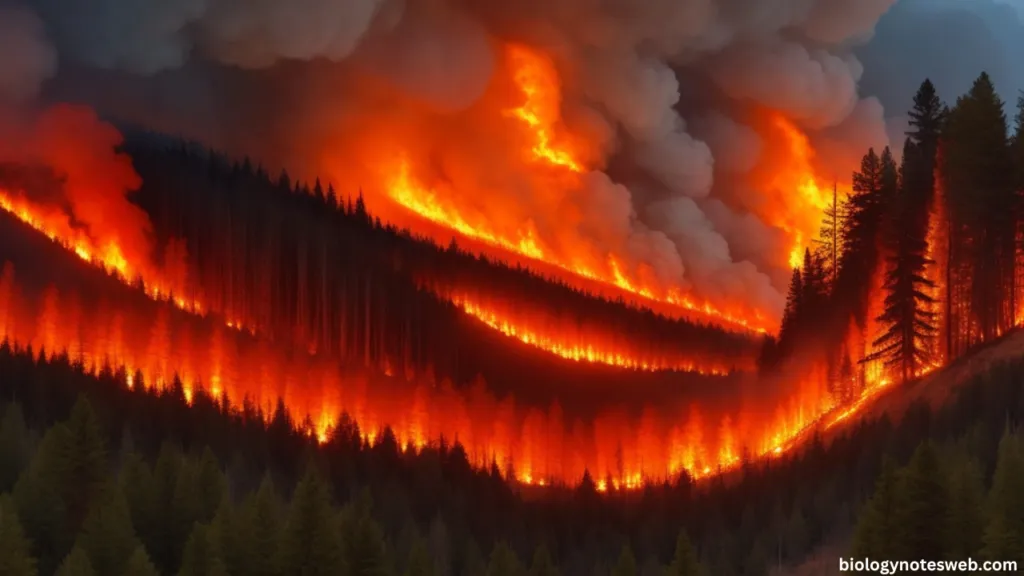
Clearing Built-Up Dead Vegetation
Fire consumes leaf litter, woody debris, and dense undergrowth that accumulates over time, returning stored nutrients to the soil. Without fire, many ecosystems would drown in their organic material.
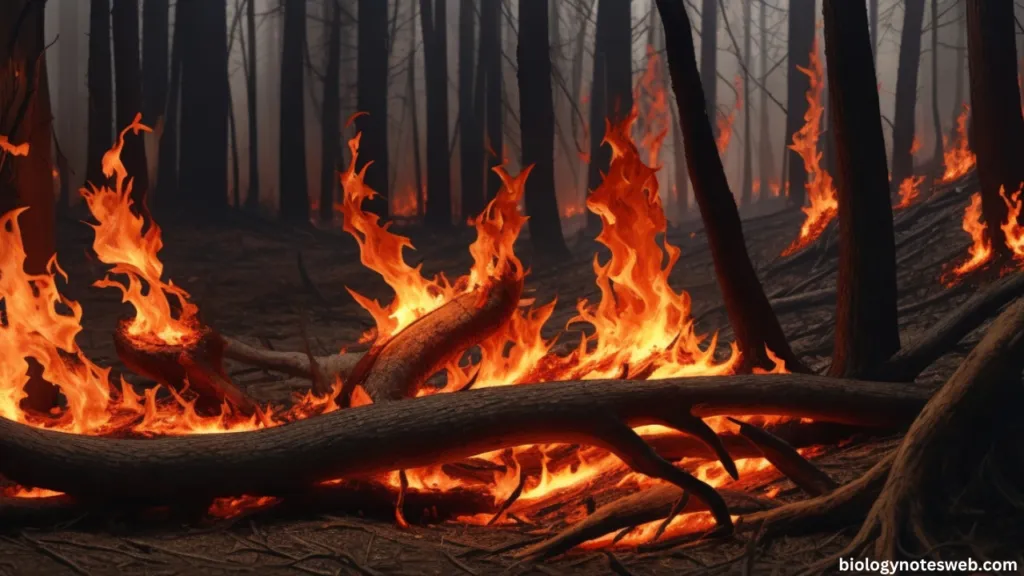
Recycling Nutrients in Soil
Fire converts dead plant matter into forms like ash that release carbon, nitrogen, and minerals into the soil and stimulate regrowth. The heat from the fire also activates soil microbes to enhance fertility.
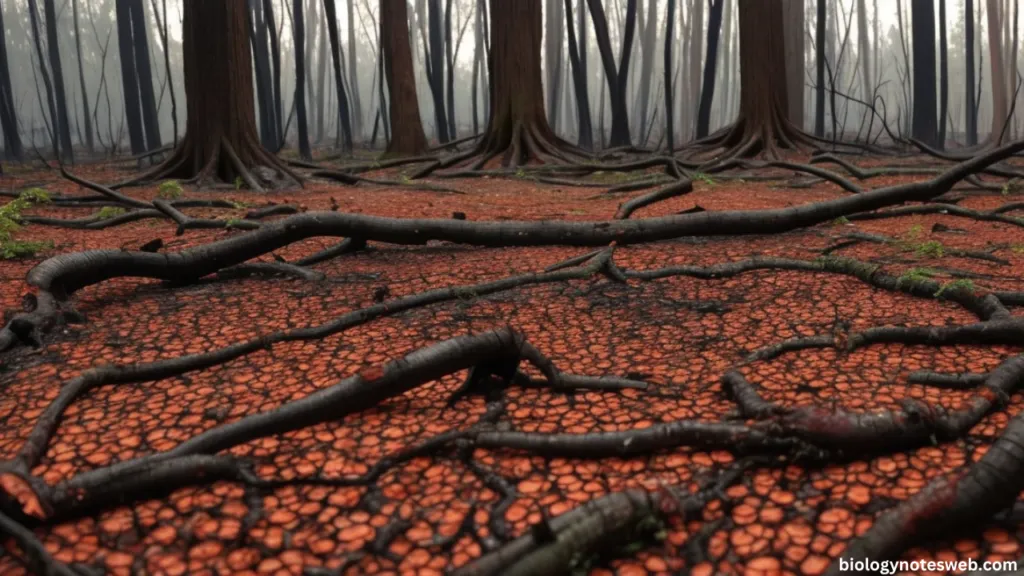
Stimulating Regrowth
Fire cues regeneration in many plant species through heat-induced seed germination or vegetative sprouting and shooting. Even large trees like sequoias rely on fire for regeneration.
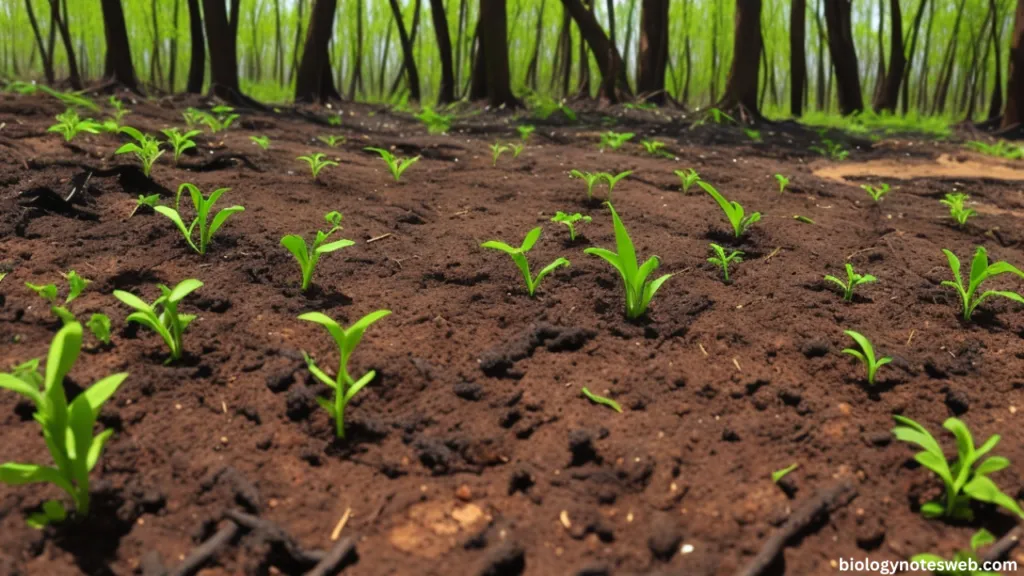
Fire-Adapted Plants
Plants like lodgepole pine have serotinous cones that only open and reseed after fire. Chaparral shrubs resprout vigorously after fire from burls and lignotubers.
Seed Germination
Fire’s chemical and heat stimulation triggers the germination of seeds adapted to post-fire environments when competition is low. Some seeds even require smoke chemicals to sprout.
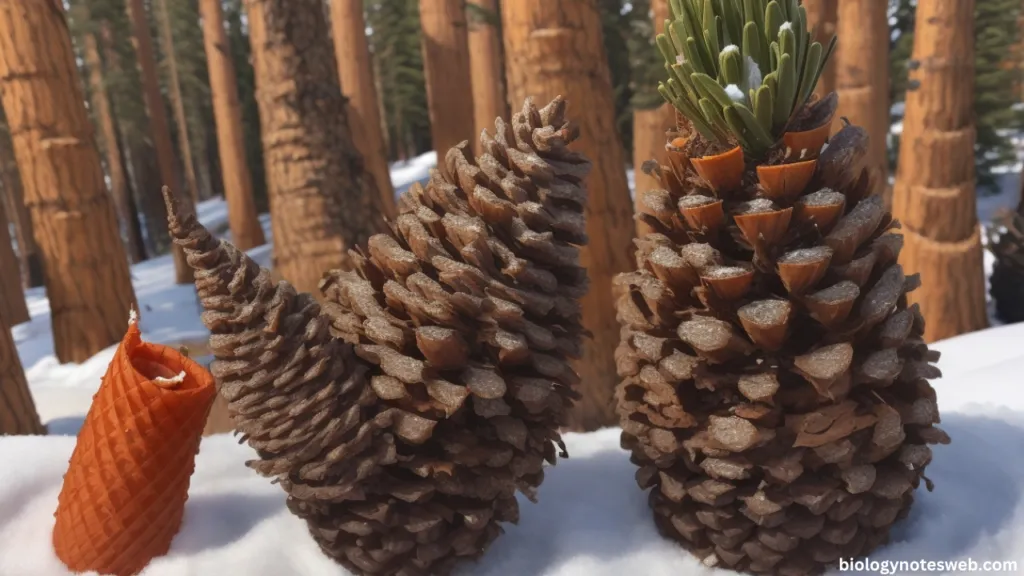
Creating Habitat Mosaic
Fires burn in complex patterns, leaving uneven mosaics of burned and unburned areas. This habitat variety supports more diverse animal populations than homogenous environments.
Fire transforms ecosystems through creative destruction, forging opportunities for regeneration amidst its ferocity. But when fire regimes are altered, biodiversity suffers.
Impacts of Fire on Biodiversity – Fire ecology
Fire is a powerful evolutionary driver and biodiversity regulator. Altered fire patterns can therefore impact biodiversity in complex ways.
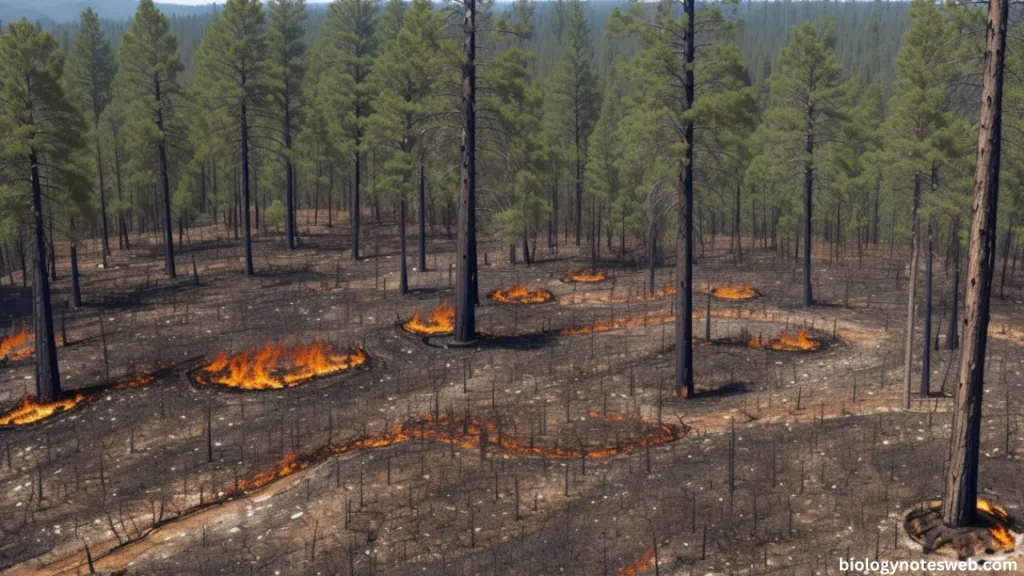
Changing Animal Habitats
The frequency, intensity, extent, and severity of fires influence the distribution of habitats for various animal species. Changing fire regimes alter landscape suitability for wildlife.
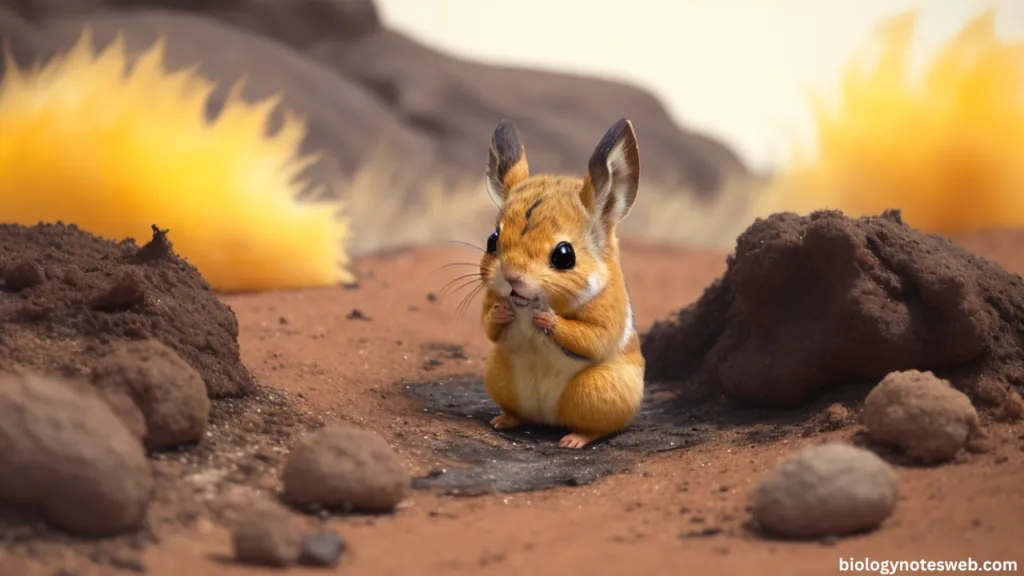
Altering Plant Communities
Regeneration traits and seed bank composition determine post-fire plant composition. Increased fire frequency favors species able to resprout or with long-lived seeds.
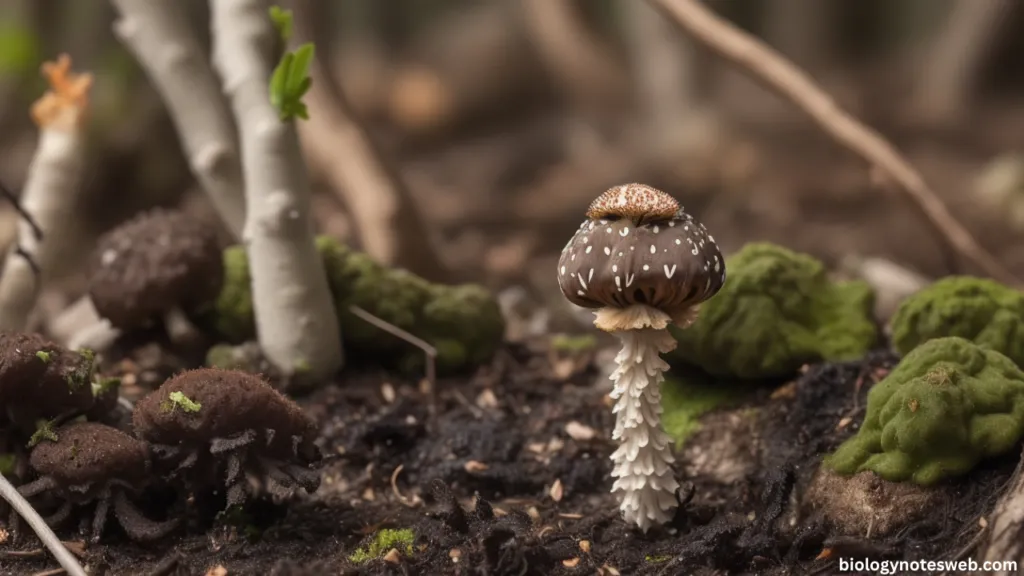
Affecting Gene Flow
Habitat fragmentation from large, severe fires can isolate populations. Limited gene flow leads to inbreeding and reduced genetic diversity over time.
Causing Local Extinctions
Extreme fires can decimate vulnerable populations and critical habitats, especially on islands where human activity has constrained habitat ranges.
Thus, fire pattern changes affect ecosystem resilience and biodiversity conservation. But are modern wildfires outside historical norms?
Wildfire as a Natural Disturbance
Though alarming, today’s mega-fires are not wholly unnatural phenomena. Wildfire has long been a periodic disturbance factor in fire-prone ecosystems.
Wildfire Causes
In addition to lightning strikes, Native American burning practices molded landscapes for thousands of years. Natural wildfire triggers remain active today.
Historical Role of Wildfire
Paleoecological records show cycles of burning shaping vegetation patterns over millennia. Fire-adapted species proliferated in these regimes.
Fire-Dependent Ecosystems
Ecosystems like savanna, chaparral, and boreal forests developed with wildfires of varying frequency, intensity, and extent. Their biodiversity is fire-reliant.
While integral to many ecosystems, altered human fire regimes impact wildlands that evolved with fire.
Long-Term Ecosystem Impacts of Wildfire
Beyond the visible destruction, wildfires have many subtle long-term impacts on ecological health and biodiversity.
Vegetation Changes
Post-fire plant communities depend on factors like fire severity, pre-fire vegetation, dispersal ability, and landscape connectivity. Resulting in vegetation shifts that can last for decades or centuries.
Soil Effects
Intense wildfires bake soils, increasing water repellency and erosion while sterilizing seeds and soil biota. Restoring fertility can take many years.
Hydrological Changes
With vegetation loss, fire alters watershed processes like infiltration, runoff, recharge, and flooding patterns. Aquatic biota are impacted.
Carbon Emissions
Though re-sequestered over time as vegetation regrows, huge wildfires release stored carbon into the atmosphere, contributing to climate change.
These far-reaching impacts demonstrate why intense, extensive wildfire events destabilize ecosystems. But do smaller, mixed-severity fires that mimic historic norms increase biodiversity?
Wildfire Effects on Plant Biodiversity
When within natural variability for a region, wildfires increase plant biodiversity through regenerating mechanisms.
Stimulating Germination
As mentioned, fire breaks seed dormancy and induces germination in species with fire-adapted reproductive strategies.
Changing Population Dynamics
Periodic low-moderate intensity fire prevents dominating species from excluding competitors by altering population densities.
Altering Species Composition
Fires shift competitive balances, allowing fire-adapted and fire-resistant species to gain footholds where they otherwise could not.
Promoting Adaptations
Occasional fire selects for adaptive traits like fire-triggered flowering, serotiny, resprouting, and fire-stimulated germination through improving species fitness.
Within natural fire regimes, pyrodiversity begets biodiversity. But do the impacts on fauna follow the same patterns?
Wildfire Impacts on Animal Biodiversity
For animals, fire effects on biodiversity depend heavily on mobility and habitat specificity. Mixed outcomes are common.
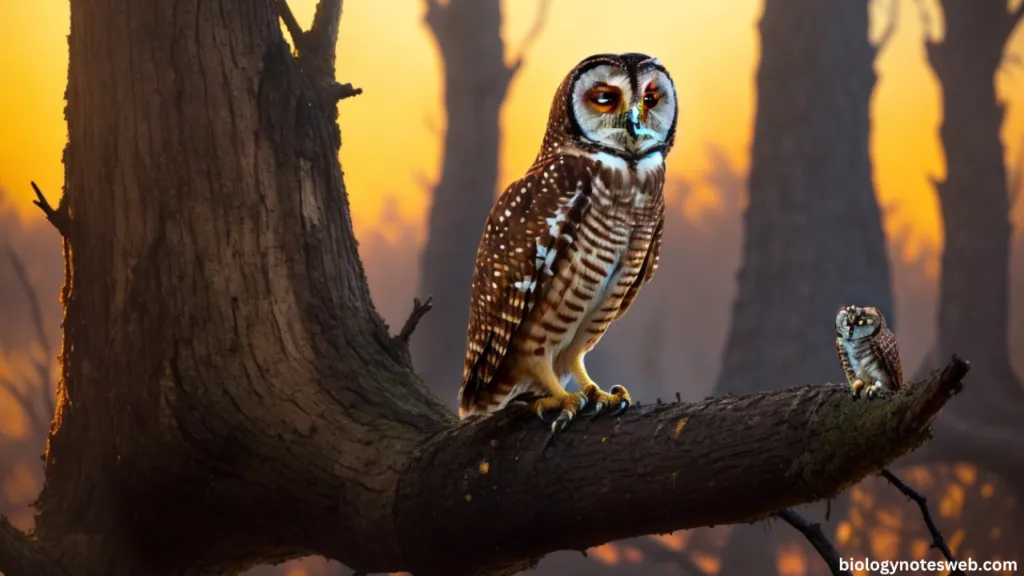
Habitat Alteration – Fire as an Ecological Factor
Drastic habitat modifications from extensive, severe fires can leave wildlife lacking food and cover. Gradual habitat shifts increase adaptation potential.
Changes in Food Source
Food scarcity occurs when fires eliminate specific food plants. Generalists able to switch food sources adapt more readily than specialists.
Increased Predation
With protective cover reduced, some species suffer higher predation until vegetation recovers. Again, the impacts are harshest for specialists.
Movement to Refugia
Mobile wildlife can retreat from fires to unburned refugia and then recolonize burned areas post-fire. Isolated species have fewer options.
Overall, flexible habitat and diet requirements buffer wildlife diversity against mixed-severity, patchy fires within the natural range of variation.
How Wildfires Increase Biodiversity
When operating as a periodic natural disturbance, wildfires promote biodiversity through mechanisms including:
Preventing Dominance
Frequent low-moderate severity fires prevent aggressive, fire-intolerant species from monopolizing resources and outcompeting diversity.
Encouraging Coexistence
By altering competitive balances between species over time, fire allows more species to coexist within the shifting mosaic of environments it generates.
Creating Heterogeneity
The habitat diversity produced by burned and recovering patches nested within intact areas provides ecological niches to support more species.
Promoting Adaptations
As species evolve in response to recurrent fire, specialized fire-adaptive traits proliferate through the population, increasing diversity.
Cyclical fire forges biodiversity. But fire suppression has allowed fuel build-up that feeds mega fires when ignitions inevitably occur.
Ecological Benefits of Fire
As a natural disturbance, fire provides many ecological benefits:
Reducing Fuel Load
Fire consumes leaves, shrubs, and woody debris that would otherwise accumulate as fuels for more prominent, hotter wildfires. Frequent low-intensity burns to keep fuels in check.
Stimulating Regeneration
Fire triggers the germination of specialized heat- or smoke-activated seeds. Sprouting species vigorously regenerate from underground organs after burning.
Maintaining Biodiversity
Fires support habitat heterogeneity by creating diverse post-burn conditions. This mosaic of burned and unburned patches provides a habitat for a wide array of fire-adapted species.
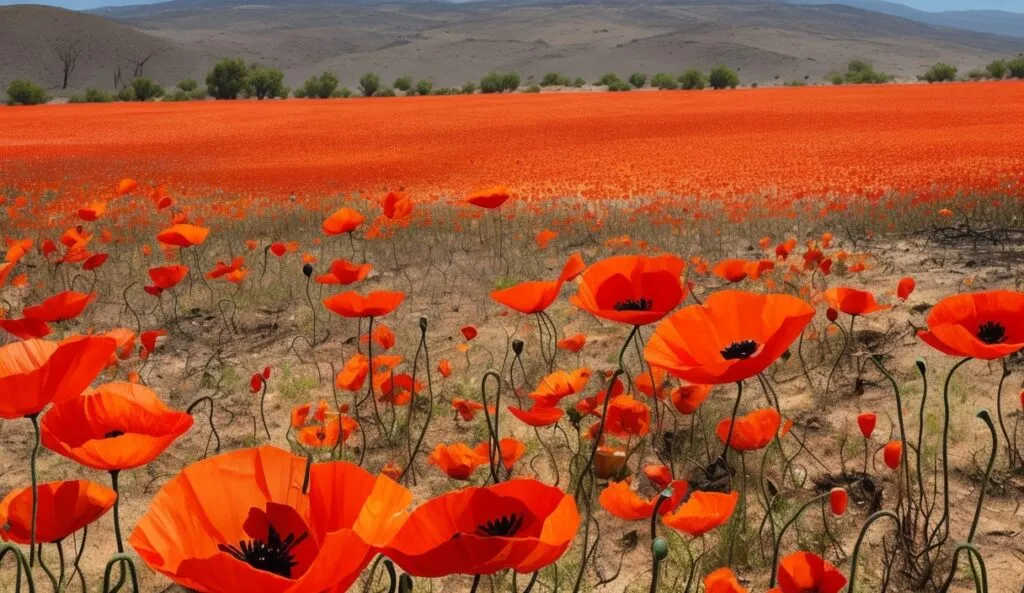
Managing Fire Regimes
Land managers can maintain healthy fire regimes through several techniques:
Prescribed Burning
Planned, controlled fires at regular intervals can restore fire-dependent plant communities and reduce hazardous fuels.
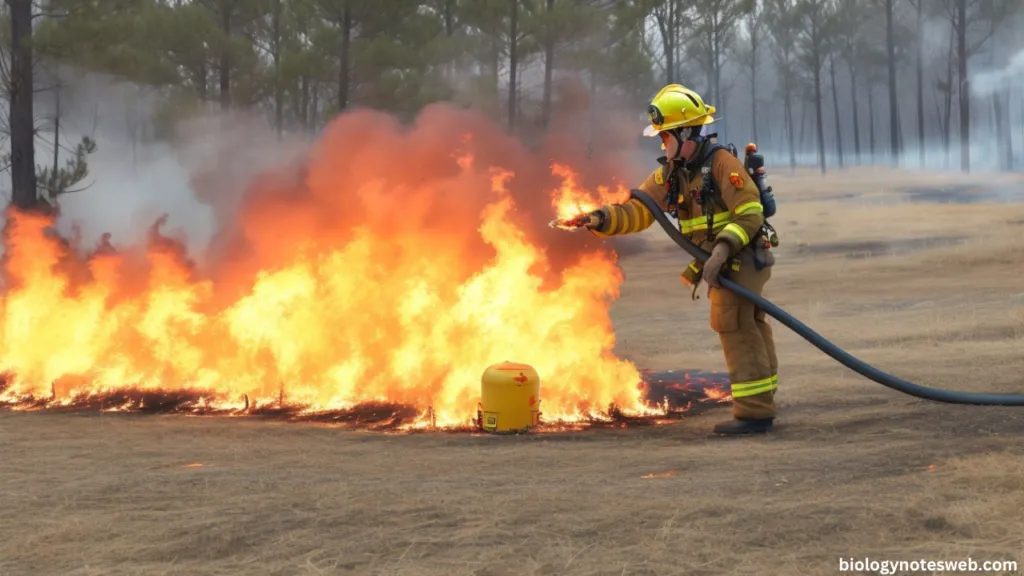
Mechanical Treatments
Strategically thinning overgrown forests through tree harvesting, mastication, and pruning can decrease fire risks.
Allowing Natural Fires
Letting naturally caused fires burn under safe conditions can play a restorative role in fire-adapted ecosystems. This includes managing lightning-ignited wildfires based on ecological impacts.
Causes of Forest Fires
The principal natural causes of wildfires contrast starkly with preventable human-ignited fires that start the majority of modern blazes.
Natural Causes
Though critical to fire-dependent ecosystems, natural wildfires should be allowed to burn with low risks.
Lightning
Dry lightning storms ignite remote wildfires important for ecological health. About half of the fires with undetermined causes likely resulted from lightning.
Volcanic Eruptions
Eruptions and their associated lava flows can ignite vegetation, but these fires are localized and rare worldwide.
Human Causes – Fire as an Ecological Factor
Carelessness and negligence start preventable fires that burn out of control due to unnatural fuel accumulation.
Arson
Intentional fire setting maliciously or for profit causes huge, destructive burns annually. Arson is suspected in about 20% of wildfires.
Campfires
Unattended or improperly extinguished campfires can ignite major blazes. Campfire bans exist in high-risk areas.
Smoking
Discarded cigarettes have sparked countless wildfires. Fire-safe handling of smoking materials in natural areas is critical.
Debris Burning
Escaped controlled burns intended to clear vegetation debris frequently escalate into wildfires, especially during high winds or drought.
Equipment Use
Heat or sparks from vehicles, chainsaws, and other tools or equipment can ignite fires in hot, dry conditions.
Power Lines
Poorly maintained utility infrastructure has caused some of California’s worst recent fires through arcing wires or falling poles.
With climate change and human expansion increasing wildfire risks, preventing human-caused ignitions is paramount.
Major Forest Fires Around the World
Climate change has exacerbated fire activity and extent worldwide, especially in these globally significant forest biomes:
Australian Bushfires
Bushfires frequently threaten Australia’s fire-adapted eucalyptus forests, grasslands, and shrublands. The catastrophic 2019-2020 fires burned over 40 million acres.
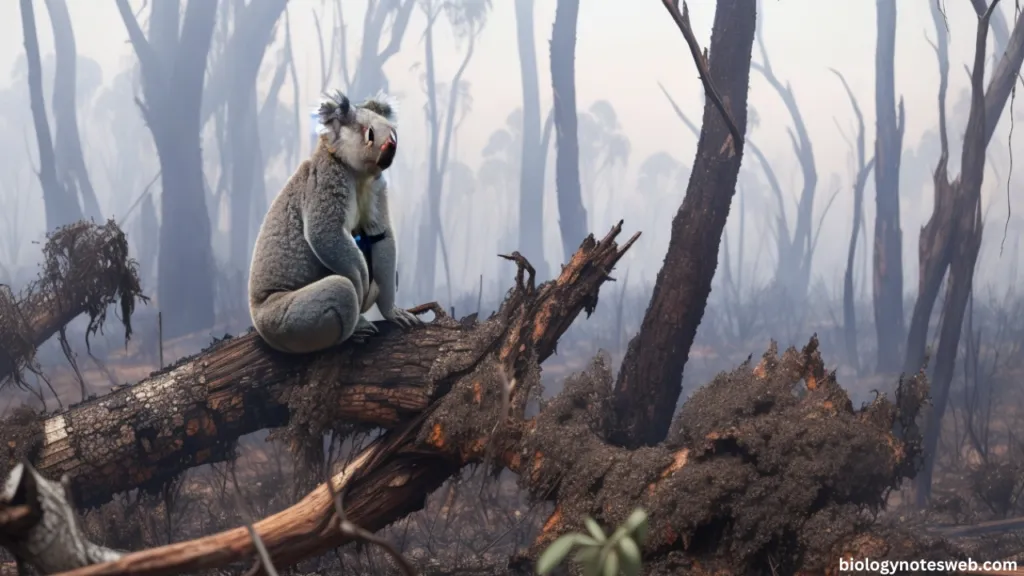
California Wildfires
Years of fire suppression have disrupted natural fire cycles, leading to enormous fires in California chaparral, woodlands, and conifer forests. Over 4 million acres burned in 2020 alone.
Amazon Rainforest Fires
Though not adapted to frequent fires, drought and human land use have continually caused wildfires to ravage biodiversity in these precious tropical forests.
Indonesian Peat Fires
Draining carbon-rich peatlands for agriculture has ignited immense smoldering fires, releasing vast amounts of CO2 into the atmosphere.
Canadian Wildfires
Global warming has expanded wildfire extent, intensity, and season length in the vast boreal forest, threatening this critical global carbon sink.
Fire will remain inevitable in these and other flammable biomes worldwide. But human carelessness often sparks unnecessary conflagrations.
FAQs – Fire as an Ecological Factor
Fire plays many ecological roles, including clearing dead vegetation, recycling nutrients, stimulating plant regeneration, creating habitat mosaics, and maintaining biodiversity through preventing species dominance. Fire is a periodic reset button and renewal cue for many ecosystems.
Fire maintains biodiversity by preventing aggressive species from monopolizing resources, encouraging species coexistence through shifting mosaics, creating habitat heterogeneity, and promoting specialized fire-adaptive traits.
Yes, wildfire is a natural, inevitable part of the cycle in fire-dependent ecosystems like savannas, scrub, and boreal forests. The biodiversity in these systems evolved adaptations to thrive within recurring fire regimes.
Long-term wildfire impacts include altering plant community composition, degrading soils through erosion and sterilization, changing watershed hydrology, emitting stored carbon, and modifying wildlife habitat in ways that can persist for decades or centuries.
Periodic low-moderate intensity fires maintain plant biodiversity by stimulating germination, changing population densities, shifting competitive balances to allow coexistence, and selecting adaptive traits through evolutionary processes.
When within natural frequency and severity patterns, wildfires increase biodiversity. But unnaturally severe, extensive fires degrade habitats and fragment populations, reducing biodiversity, especially when coupled with fire suppression.
Frequent low-moderate intensity fires prevent dominance, foster coexistence through competitive shifts, create mosaic habitat heterogeneity, and promote specialized fire adaptations, increasing biodiversity.
Major forest biomes affected by worsening fires include eucalyptus forests in Australia, chaparral and conifer forests in California, tropical rainforests in the Amazon, peatlands in Indonesia, and boreal forests in Canada.
The leading natural causes of forest fires are lightning strikes and lava flows from volcanic eruptions. These natural ignitions are essential in maintaining healthy fire cycles.
Most modern forest fires start from preventable human causes like arson, untended campfires, smoking, debris burning, equipment use, or sparks from infrastructure failures. Stricter prevention helps stop unnecessary fires.
Frequent wildfires afflict Israel due to naturally fire-prone vegetation, ignition sources like arson and negligence, regional drought and winds that accelerate fire spread, and fire suppression that increases fuel loads.
Intentional forest fire starting is done for motives like clearing land for agriculture, generating employment fighting fires, seeking attention, masking illegal activities, or environmental protest. Arson remains a concerning global issue.
References and Sources – Fire as an Ecological Factor
- https://link.springer.com/chapter/10.1007/978-3-642-68090-8_17
- https://biologyteach.com/fire-as-a-ecological-factor-fire-ecology/
- https://www.sciencedirect.com/science/article/abs/pii/S0034425715001005
- https://www.usgs.gov/centers/forest-and-rangeland-ecosystem-science-center/science/threat-invasive-barred-owls-northern
- https://byjus.com/current-affairs/forest-fires/
- https://en.m.wikipedia.org/wiki/Fire_ecology
- https://link.springer.com/article/10.1007/s10980-021-01204-y
